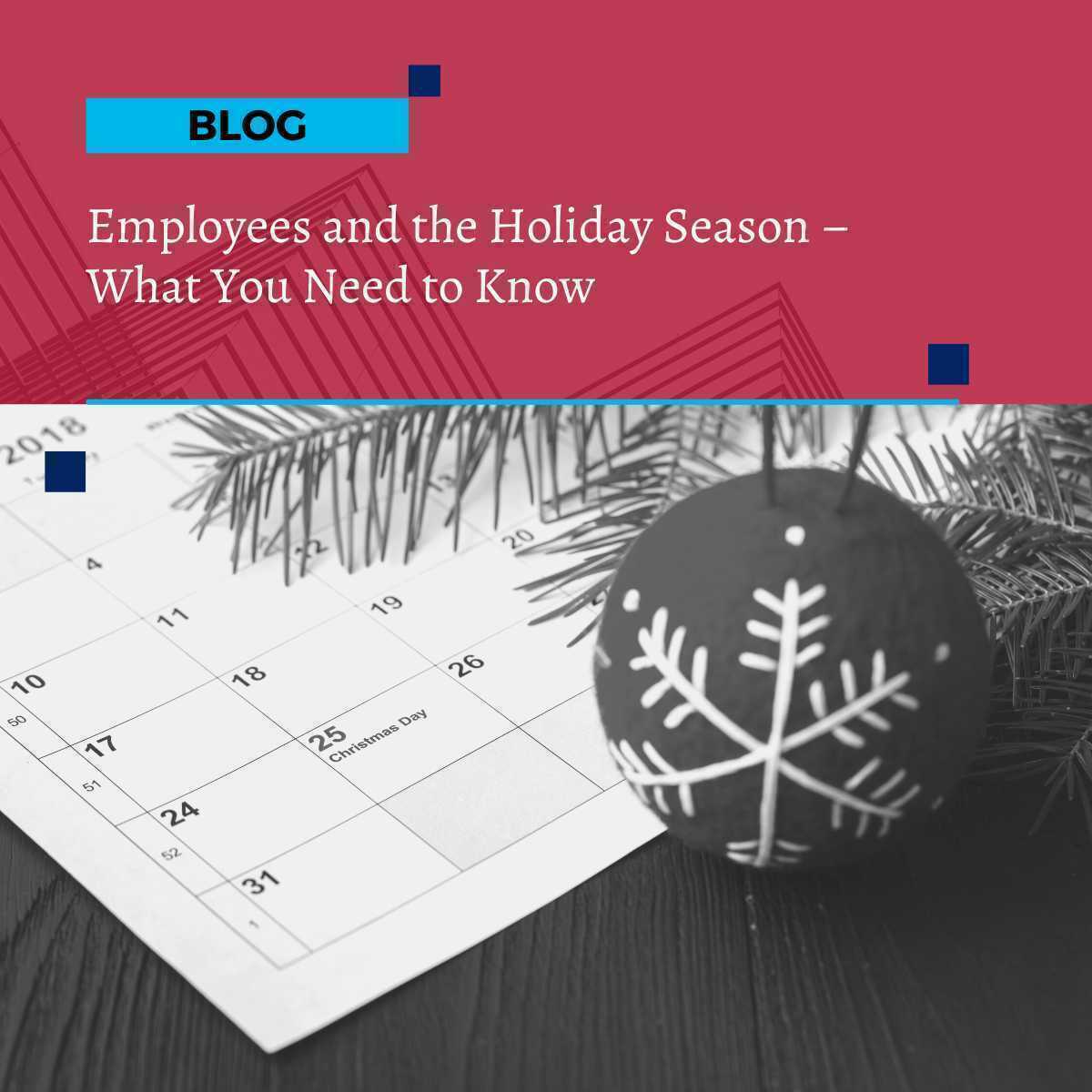
5 ways to get in control of your business finances
5 ways to get in control of your business finances
Having proper control of your business finances is a big advantage. It helps you make well-informed business decisions and keeps your organisation profitable.
With so many digital tools for managing your bookkeeping, accounting and management reporting, it's never been easier to manage, track and forecast your financial position.
But what are the main tools you need? And how do you set up your financial systems, apps, processes and reporting to put yourself back in the finance driving seat?
1. Bring your bookkeeping into the digital age
Digital bookkeeping apps are a great way to digitise your receipts, records and source documents. This not only saves a lot of time at year-end, it also makes it much easier for you to keep track of your company’s finances and accounting. Keeping your receipts in a box to manually enter at period-end is no longer enough. Take the next step and digitise your receipts at source, so you have up-to-date digital records and copies of source documents.
Optical character recognition (OCR) software, like Dext Prepare or Auto Entry, scans the receipt, converts it into a digital format and stores it in the cloud.
2. Do your accounting in the cloud
Cloud accounting is a software-as-a-service (SaaS) solution that helps you carry out all your main accounting and financial management online, without having to install any software.
Cloud accounting providers, like Xero, QuickBooks, MYOB or Sage, design their accounting platforms to take the pain and hassle of business accounting. You get all the tools and features you need to work on your accounting tasks. And your platform provider will also take care of all the data storage, backups and security of your data.
A good cloud accounting platform does more than just save your hard drive space. It also provides you with tools and dashboards that improve your access to management information, financial reporting, forecasting and projections, performance tracking and more.
3. Use the latest in expense management tools
Expense management can be a time-consuming and tedious job. But it’s also a vital task that helps you ensure you’re spending company money wisely and not overspending. If employees start going over their budget limits, this can be a costly mistake for the company and your cashflow.
Expense management tools, such as Soldo, Weel or Pleo, help you manage staff spending by giving employees virtual cards that are linked to a specific budget, account and code. This helps you track their expenses easily and make sure they’re staying within their budgeted limits. These platforms also give you detailed reporting and analytics, so you can see where money is being spent, and where savings can be made.
4. Make it easy to accept digital payments
The problem of slow payment is one of the most frustrating things for small businesses. If your customers don’t pay on time, this can result in a loss of revenue, poor cashflow and an inability to cover your basic costs and overheads. To resolve this issue, many companies have begun to switch to digital payment platforms that make it simpler, faster and easier to collect payment.
Payment platforms, like PayPal, Square or Stripe offer faster payment times and more control over the customer experience. Some platforms even integrate with your cloud accounting, so you get automatic bank reconciliations.
5. Embrace the latest in digital reporting and forecasting
With digital accounting changing so rapidly in recent years, there's never been a better time to embrace the benefits of the latest in digital reporting and forecasting.
Economic conditions are hard to predict. So it's crucial to be able to quickly analyse data, check your performance and make predictions about how your company will fare in the coming months. When you use cloud solutions for financial reporting and key metrics, you'll be able to monitor trends in real-time while having access to the data anytime, anywhere.
Having this information at your fingertips helps you make informed decisions faster than ever before – and that translates that into more sales, increased business growth and bigger profits.
If you’re looking to give your finances a touch of digital magic, please do come and talk to us.
We can walk you through the best cloud platforms, fintech apps and business tools to add to your app stack – so you’re ready to make the most of a digital approach to your finances,








